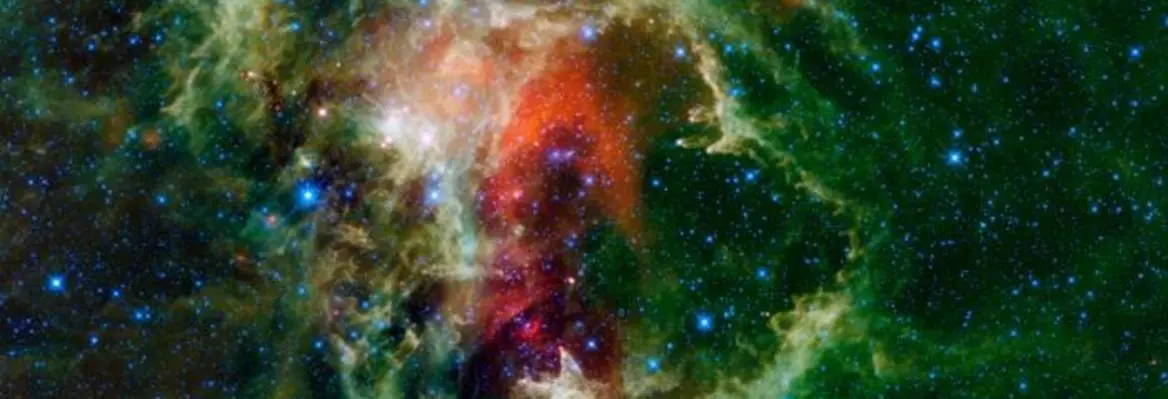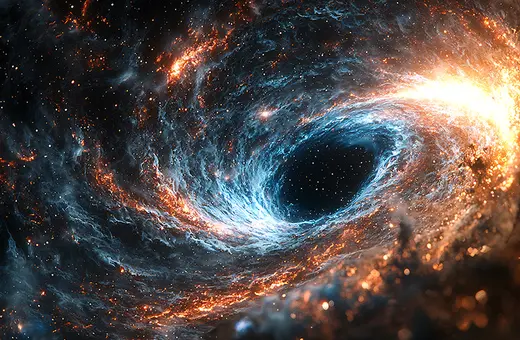For two weeks every summer, my parents rented a holiday apartment by the beach in Vlora, an old coastal town along the Adriatic. It was known as Aulona in Greek and Roman times, and was a special place to visit even during 1980s communist Albania. Aulona’s spirit, imprinted on the traditions, superstitions, and landscape of the place, floats outside of time. The town is guarded by a rugged terrain of high mountains, turquoise waters, and black rocks, which blend into silence at sunset. It is a place to dream absurd dreams.
My favorite evening activity was to sit on the deserted sand alone. I watched waves linger at the soundless horizon before breaking rhythmically onto the shore. As night fell, I waited until the line dividing sky and sea blurred away and all boundaries vanished. Of course everybody knew that the world beyond the horizon was strictly forbidden to those of us behind the Iron Curtain. But, sitting in the dark, I was free to imagine. Were kids on the other side of the Adriatic equally enchanted by the edge of the sky we shared? Eventually my dad would come over and, without reprimand, sit on the sand next to me. Then it was the two of us in a hushed conversation with the sky. Before long, he would speak, telling me it was time to leave, and the gentle spell of the sea and the sky would break.
Twenty years later, in 2009, I sat with a few dozen other scientists in a room at the Kavli Institute for Cosmology at the University of Cambridge to watch the launch of the Planck satellite. A muffled buzz filled the room with cautious excitement. Casual conversation would be interrupted by concern over pauses in the live transmission. When the countdown began, the room fell eerily quiet, and with lift-off came deep cheers and loud applause.
Planck was on its way to measure the gentle glow of light left over from the fiery birth of our universe, called the Cosmic Microwave Background (CMB). The CMB is a detailed fingerprint that allows us to cast our gaze onto the first few moments of our universe’s existence, and to cast light onto some very ancient questions: where are we from, and how did we get here? (see The Standard Model) Four years into its mission, the Planck collaboration released the most finely detailed map of the CMB ever measured. In its details was a bombshell: anomalies in the distribution of the CMB brightness that could not be the result of anything in our own universe. Here was an empirically observed hidden code pointing to a rich and vast cosmos, in which our own universe is but one humble member. The limits of our range of exploration had suddenly grown immensely. We were at the shore of the multiverse.















Join the conversation